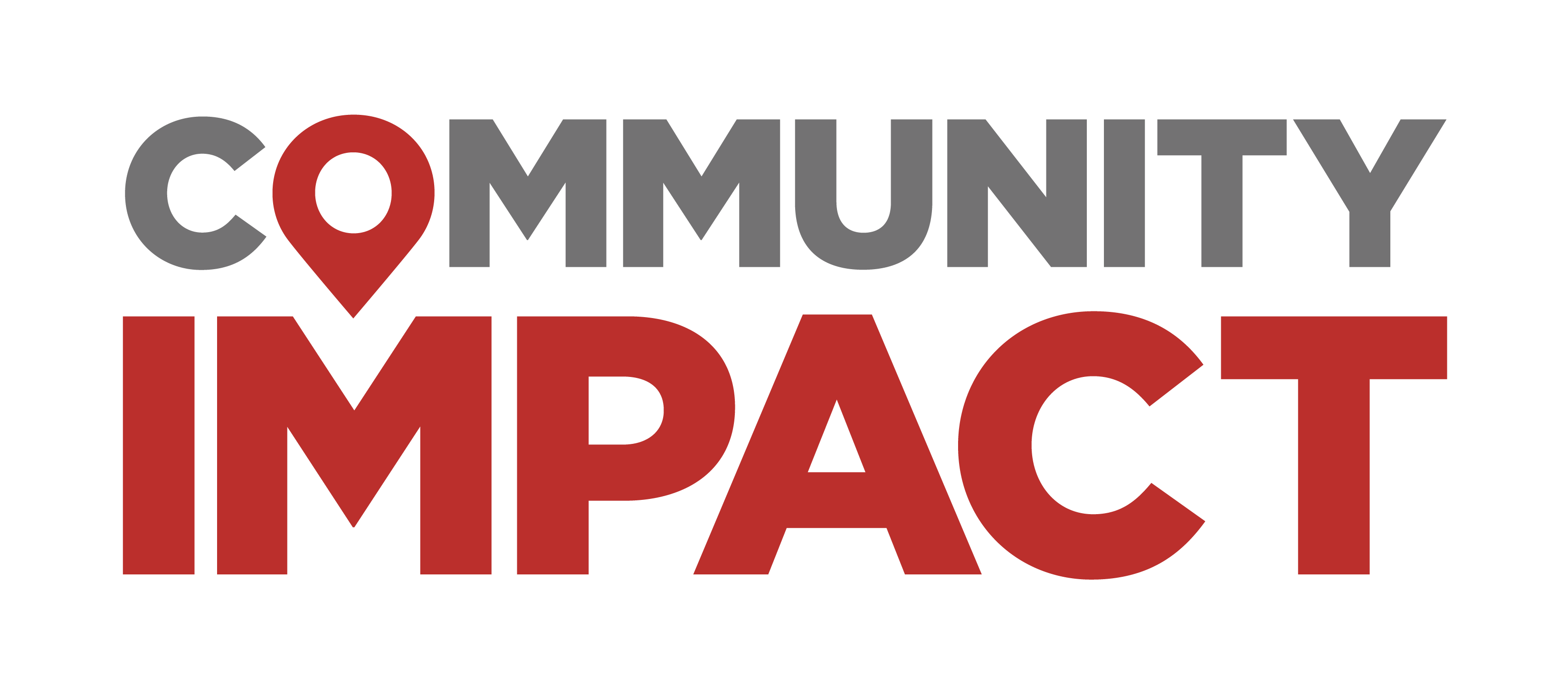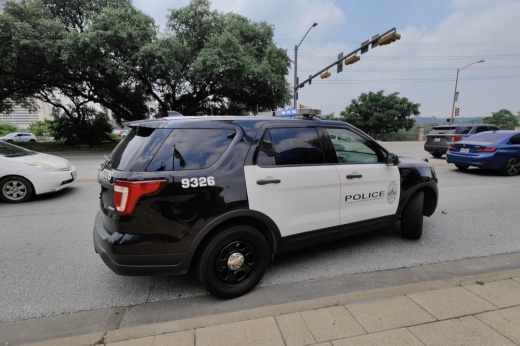The setup
City Council requested the breakdown of recent mental health call data and outcomes in January. The analysis, wrapping up this spring, will cover information from the past few years, such as the number of 911 and 311 calls, people who successfully received a mental health resource and police interactions; the staff workload for managing those responses; and police training on mental health.
Austin already offers "mental health" as an option for 911 callers, and health care professionals can be available to respond, but police often still end up being dispatched to patients in crisis. Council member Chito Vela said those involved agree that approach is "not the best way to do it."
A resolution from Vela approved Jan. 30 also noted the "serious unintended consequences" that can come with law enforcement officers being the default responders in those cases, and he said it'll be key to increase the share of incidents that draw professionals in the field instead. Thousands of mental health incidents each year involve police responses, APD data shows, and Vela said roughly one-third of mental health calls receive a targeted mental health response.
"We’ve got to just steadily bring that number up so that folks in mental health crisis are given the proper resources—that we’re not just sending an officer or EMS, that we’re sending a trained counselor, a professional that can really help that person in crisis and hopefully help them get even better resources," he said.
Officials could use the results of the review as the basis for new staff or program funding in the city's next budget to be developed through the spring and summer. Last year, council allocated an extra $1.46 million to support Integral Care's Expanded Mobile Crisis Outreach Team, or EMCOT, that works to divert people from mental health calls away from jail or the emergency room. Austin/Travis County Emergency Medical Services has also operated the Community Health Paramedic program responding to nonemergency mental health calls for years.
What they're saying
The new reporting and potential program updates were backed by both police and community advocates, which officials highlighted as a rare point of agreement between the participants in city public safety debates. Austin Police Association President Michael Bullock said he was encouraged by the proposal and that it drew support from local police union membership.
“I do believe it is time that we work towards getting law enforcement out of mental health," he told council. "We have never claimed to be the experts, but yet we have been charged with the responsibility of responding to mental health crisis. And taking these positive steps towards identifying better ways to divert these calls, to have a more robust mental health response system, I believe is a positive step.”
Bullock also cited the many barriers that can be faced by police officers attempting to help people in crisis avoid negative a outcome; lacking diversion availability can lead to an arrest rather than treatment, or program technicalities can keep some patients from receiving care. Kathy Mitchell, a leader with the criminal justice reform group Equity Action that's sparred with the police association on other issues, said she also hopes to see new mental health response strategies that'd limit police involvement.
“I agree with everything that the representative from APA said. I’m aware of those kind of calls and have talked to those officers who end up standing helpless in a facility, basically told there’s no bed and the only bed is the jail. This is exactly what we have been trying to get past for all these years," she said.
Council member Krista Laine, representing Northwest Austin's District 6, said she hopes the review can also improve 911 response times for mental health incidents that take place farther from the city center.
"My district still sees significant delays that sometimes lead to escalation and violence that could have been avoided if crisis teams had arrived sooner," she said.
What's next
A report covering APD, the Austin Fire Department, EMS, the city code, animal services and parks department, and other relevant offices will be completed and presented to council in April. Recommended improvements will also be proposed based on that information and input from residents, first responders and relevant community organizations.





